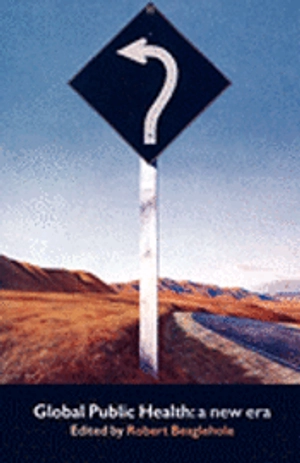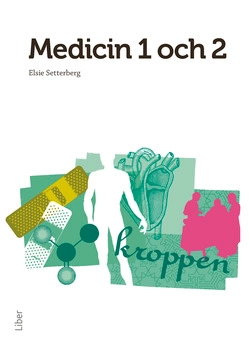Global Public Health: A New Era addresses three major issues: the changing global context for public health; the state of public health practice in developed and developing countries; and strategies for strengthening the practice of public health in the twenty first century. This book is in three parts. The first part has two aims. Firstly, it surveys the complex old and new challenges facing public health practitioners. Secondly, it summarizes the state of health globally using new data based on measures developed by the World Health Organization and other groups to better describe population health status and trends.
Part two presents the first detailed review of the global state of public health. It analyses the public health situation in all regions of the world. Six chapters cover Europe, North and Latin America, and Australia and New Zealand. Three chapters cover China, Sub-Saharan Africa, and South Asia. The lessons from these chapters are surprisingly simiar: the challenges are great; the public heath workforce and infrastructure have long been neglected; and much needs to be done to reinvigorate the practice of public health.
The third section covers several cross cutting themes: the impact of the new public health threat from bioterrorism and its implications for the future of public practice; the developing field of international public health ethics; and the central and neglected role of the public in strengthening the practice of public health. The final chapter summarizes rhe major themes of the book and explores the opportunities for building the capacity of the public health workforce to respond to the major global health needs. Despite the enormity of the challenges facing public health practitioners, especially in developing countries, the tone adopted in the final section of this book is relatively optimistic.
Åtkomstkoder och digitalt tilläggsmaterial garanteras inte med begagnade böcker





















